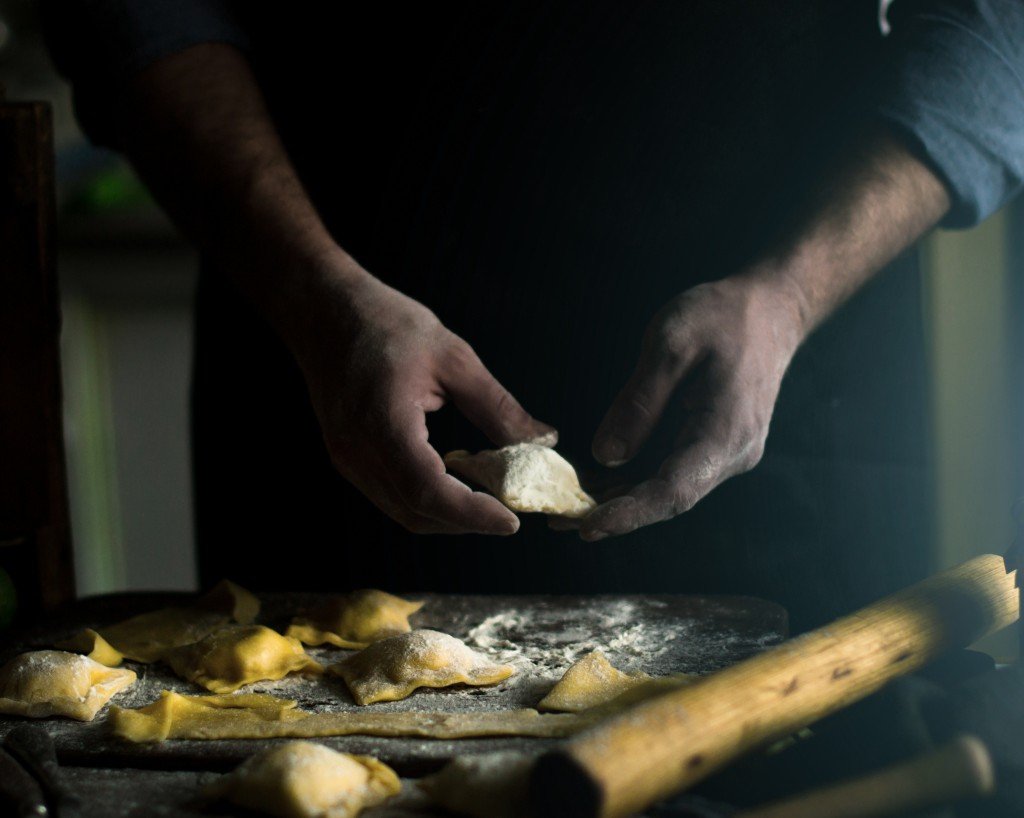Live on high ground, and you can enjoy wonderful views of your surroundings. Similarly, photographers can benefit from the occasional change in perspective and turn an ordinary scene into a unique and amazing picture. While you don’t have to live at an elevation (after all, it’s pretty difficult to meet the logistics it entails, such as establishing drainage control and building concrete retaining walls), the use of perspective as a tool in photography can still prove difficult. It’s deliberate practice, and you’ll have to work on these methods to witness the improvements you’re after.
Move around some more.
Changing one’s perspective always takes some effort. Just ask anybody to capture an image of something with their mobile phone; chances are they will simply lift their device and snap a picture straight away without moving their feet. To the untrained photographer, working with perspective isn’t something that comes naturally. So, the first thing you want to practice is moving with your feet.
As you seek out a subject’s best angle in relation to the light sources available, don’t just position them—move around and explore creative angles from which to capture the scene. Crouching down, you can make a subject appear taller, more imposing; the viewer will feel as though they have a child’s point of view. Access a higher vantage point, and you can shoot downward, making even large subjects appear smaller. Lie down or point your lens upward, and you can turn tall objects such as buildings into an interesting background or use their leading lines to generate interest in the image.
Add or remove objects.

Our sense of vision is fascinating and complex; using input from our two separate eyes, we can quickly process depth in our surroundings. When it comes to photographs (or any image on a flat surface such as paintings), the eye doesn’t process perspective in a vacuum; we infer depth from the relation of the subject to other objects present.
By adding or removing objects in a scene as you capture images, you can alter the way a viewer will perceive the final image in terms of perspective. For instance, shooting the full moon in isolation, even with a powerful zoom lens, will only yield a one-dimensional (if highly detailed) image. But if you capture that moon as it rises above the horizon, you can include distant people, trees, city structures, and other landscape elements in the foreground to provide a point of reference, creating depth and interest.
Experiment with lenses.
As you progress further in the skill of photography, it can become a fairly expensive pursuit. Many photographers turn to specialized gear to address specific needs or overcome the challenge at a significant cost. While new gear shouldn’t be your first solution for everything, a change of lenses can provide opportunities to improve your use of perspective.
Wide-angle or fisheye lenses can bring more of a scene into the frame while “pinching” the edges and making the central subject appear larger. On the other hand, telephoto lenses flatten the subject by pushing the foreground and background out of focus, which can help achieve greater separation. Mix things up on occasion by pulling a different lens out of your bag, and you’ll achieve different results from the same scene.
By incorporating these practices into your photography routine, you’ll be able to harness the power of perspective and create a variety of interesting images out of every shoot.

